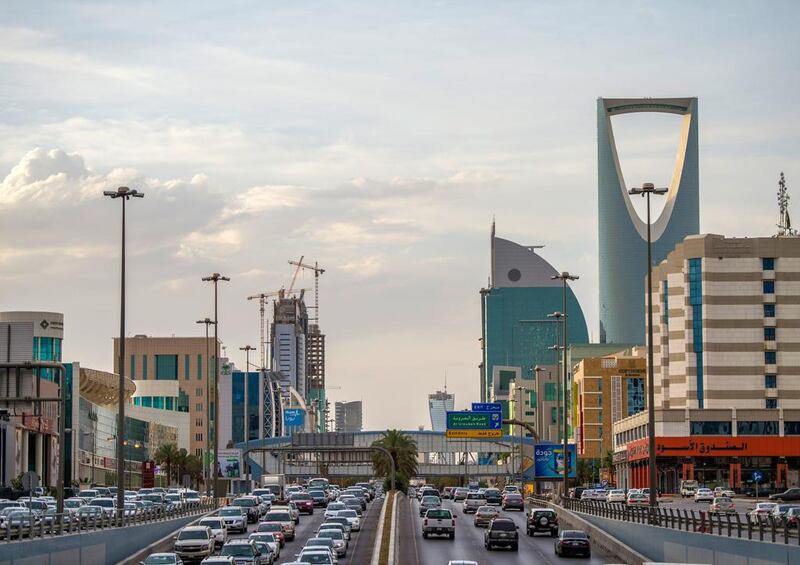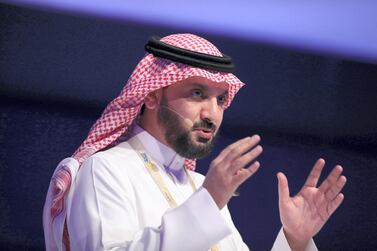Faster output growth and a rise in orders and employment lifted business conditions in Saudi Arabia’s non-oil private sector to their highest level in 13 months in January, as the government continues with efforts to boost investment and economic expansion, Emirates NBD said.
The headline seasonally adjusted Emirates NBD Saudi Arabia Purchasing Managers’ Index (PMI) – a composite gauge designed to give a single-figure measure of operating conditions in the non-oil private sector economy – climbed to 56.2 in January, from 54.5 in December.
The rate of new order growth was the quickest since December 2017, the Dubai lender said, driven by stronger domestic sales, continued inflows of business from overseas and ongoing price discounting by companies.
"Firms were able to reduce selling prices as their purchasing costs also declined in January," said Khatija Haque, head of Mena research at Emirates NBD. "Firms increased their quantity of purchases in January, probably reflecting stronger order growth, and stocks of pre-production inventory also rose the most since September 2018."
Meanwhile, business optimism about future output was its highest in more than five years in January, according to the tracker.
“The government has announced an ambitious budget for this year, with expenditure projected to rise more than 7 per cent, as well as a number of initiatives to boost investment and expansion in the non-oil sectors of the economy, which likely contributed to the positive business sentiment,” said Ms Haque. “The recovery in oil prices last month after a sharp sell-off in December 2018 likely also helped.”
Saudi Arabia is focusing on increasing the contribution of its non-oil economy to gross domestic product by cultivating a local manufacturing industry and attracting foreign investment. The non-oil sector accounts for about 40 per cent of GDP. The collapse of oil prices in 2014 from a peak of $115 per barrel to lows of below $30 per barrel in 2016 accelerated the momentum to overhaul the economy. But even now with the oil price having recovered to hover around the $60 a barrel mark, and the kingdom increasing revenues and narrowing its fiscal deficit, the government is clearly unfazed about continuing the economic transformation of its economy. Last month, Riyadh unveiled its National Industrial Development and Logistics Programme (NIDLP) to attract 1.6 trillion riyals of foreign investment by 2030 into various industries, such as its logistics, mining and energy sectors.
While the output index was slightly higher in January than in the fourth quarter of last year, it is still below the historical average of 63, suggesting growth in output is weaker than in previous years, Emirates NBD added. The survey showed a “modest” rise in private sector jobs and wages last month, with 2.5 per cent of companies surveyed reporting more hiring and 2 per cent increase in reporting wage.







